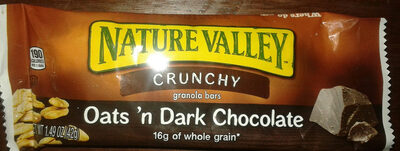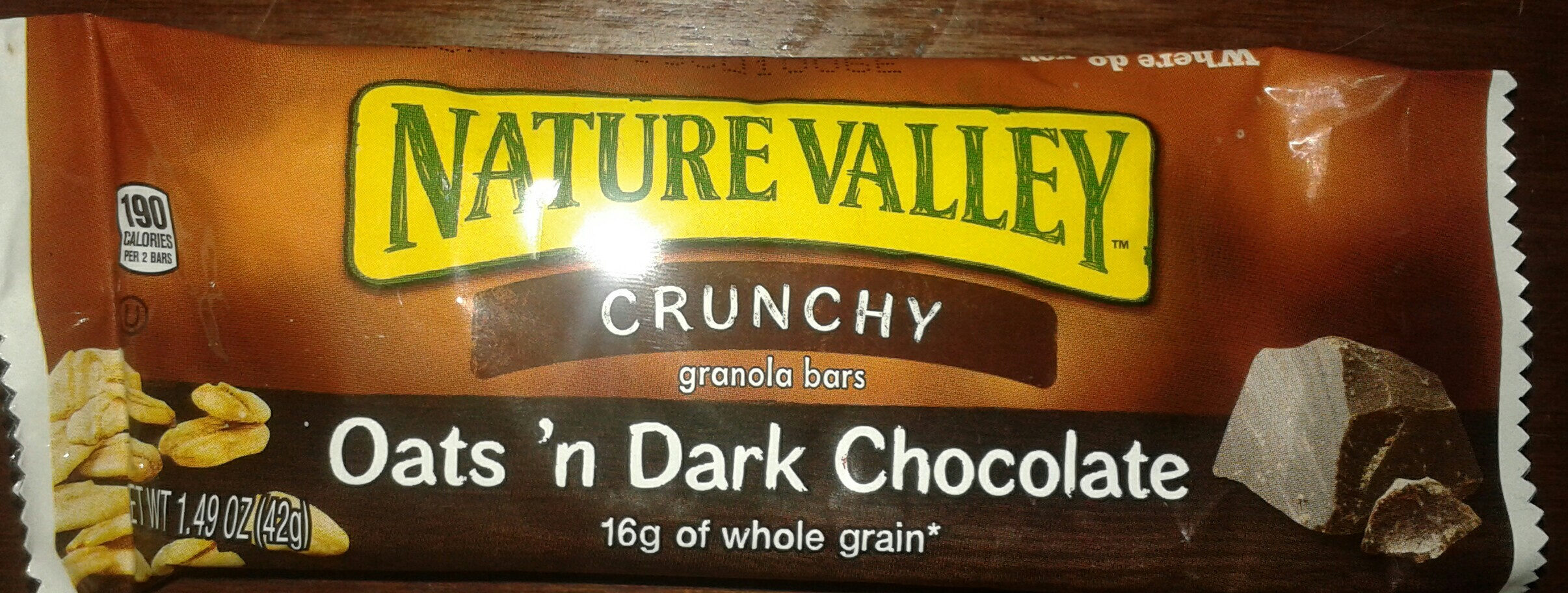Crunchy Oats 'n Dark Chocolate - Nature Valley - 1,49 oz (42 g)
This product page is not complete. You can help to complete it by editing it and adding more data from the photos we have, or by taking more photos using the app for Android or iPhone/iPad. Thank you!
×
บาร์โค้ด: 0016000507258 (EAN / EAN-13) 016000507258 (UPC / UPC-A)
ชื่อสามัญ: Granola bars
ปริมาณ: 1,49 oz (42 g)
บรรจุภัณฑ์: en:Plastic
ยี่ห้อสินค้า: Nature Valley, General Mills
Brand owner: GENERAL MILLS SALES INC.
หมวดหมู่: en:Plant-based foods and beverages, ผลิตภัณฑ์จากพืชทั้งหมด, ขนม-ของว่าง, ธัญพืชและมันฝรั่ง, en:Sweet snacks, ผลิตภัณฑ์จากธัญพืช, en:Bars, en:Cereal bars
เชื่อมโยงไปยังหน้าสินค้าบนเว็บไซต์อย่างเป็นทางการของผู้ผลิต: https://www.naturevalley.com.mx/products...
ประเทศที่ขาย: ประเทศฝรั่งเศส, ประเทศเม็กซิโก, ประเทศไทย (Thai), สหรัฐอเมริกา
Matching with your preferences
สิ่งแวดล้อม
บรรจุภัณฑ์
Transportation
Report a problem
แหล่งที่มาข้อมูล
สินค้าเข้ามาเมื่อ โดย kiliweb
Last edit of product page on โดย tasja.
หน้าผลิตภัณฑ์แก้ไขโดย annelotte, bcd4e6, citri231, inf, lizcastillo, nobeeakon, openfoodfacts-contributors, openfoodfactsmx2, org-database-usda, packbot, scanbot, yuka.UTQ4TENJMDVxdXRXcThJdzIwalI0dWh5blppbVZsMlNEZWRCSUE9PQ, yuka.ZjZjck5ab1lqTVlueDlzRjdqWHRxdEV0Mzdxb2NtYXRDc2c2SUE9PQ.










